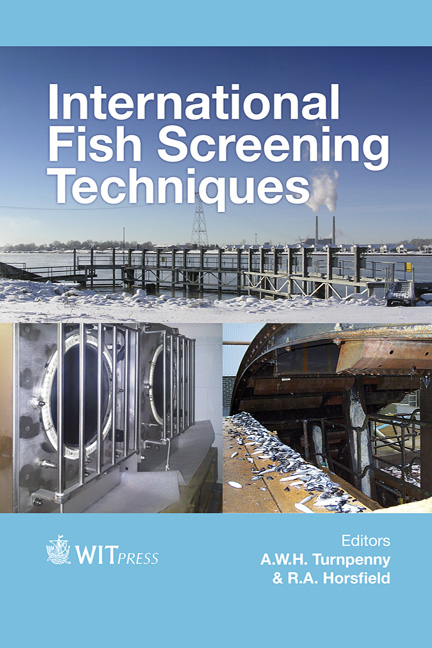Modelling Fish In Hydrodynamic Models: An Example Using The Severn Barrage SEA
Price
Free (open access)
Volume
71
Pages
12
Published
2014
Size
551 kb
Paper DOI
10.2495/978-1-84564-849-7/15
Copyright
WIT Press
Author(s)
J.Willis & N. N. Teague
Abstract
It is possible to improve our predictions of what happens to fish when they get near barrages, turbines, screens and other built structures by using a combination of hydrodynamic and behavioural models. We examine a model of salmon smolt migrating through the five shortlisted options for low head hydropower in the Severn Estuary which was made as part of the 2009 Strategic Environmental Assessment (SEA). Hydrodynamic models can be expensive and time consuming to make and calibrate, particularly around complex coastlines and estuaries, but they are often readily available and accurate, especially if they have been a requirement of the EIA (Environmental Impact Assessment) process. On the other hand, animal behaviour models are often speculative and theoretical and so, although often simple, can be tricky to apply to a predictive goal. Here we consider the practical challenges of making and reporting results from these models and discuss the methodological considerations of one such model. We do not provide any comparative assessment between the schemes which was the target of the SEA and thus outside the scope of this study. The results demonstrate the value of such models for assessment of impact of built structures in rivers and estuaries. Their primary benefit is that they accurately predict the implications of expert opinion and highlight what is unknown and what would be valuable to research. Keywords: salmon smolts, migration, hydro-power, navigation, correlated random walk, Lévy flight.
Keywords
salmon smolts, migration, hydro-power, navigation, correlated random walk, Lévy flight.





